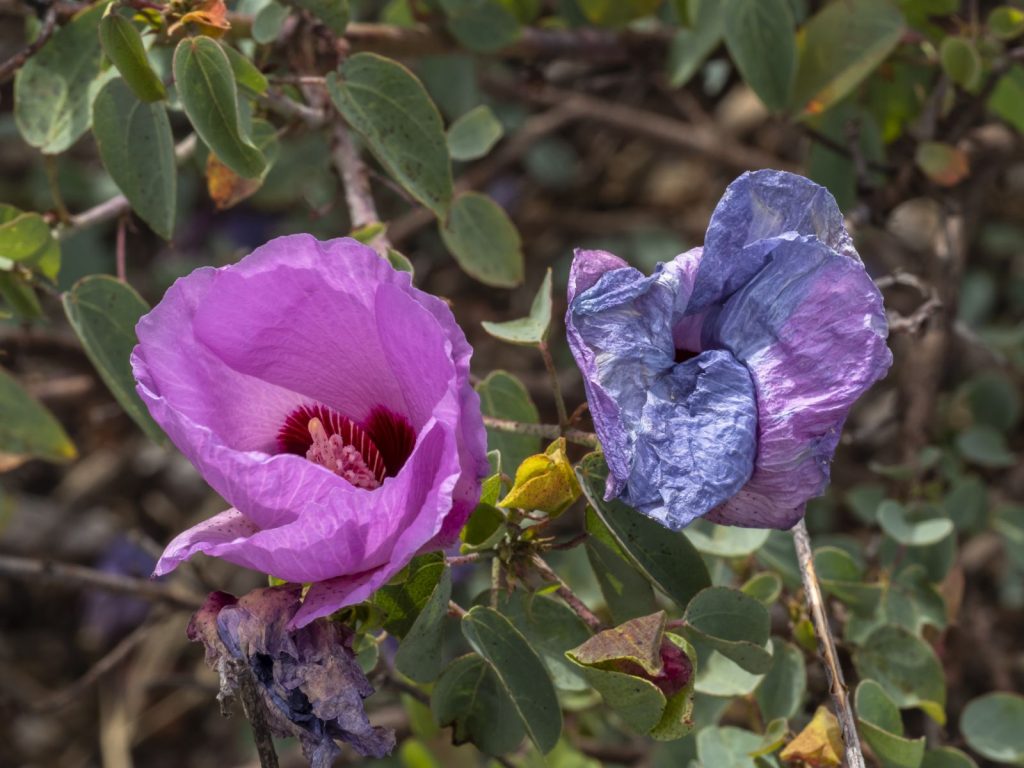Ever since Kevin Stokes, who regularly provides photos for our Instagram and Facebook accounts, showed me photographs taken at Melton Botanic Garden, I’d been keen to go! And with a recent wedding near Lancefield in Victoria, just 45 mins away, it seemed the perfect chance.
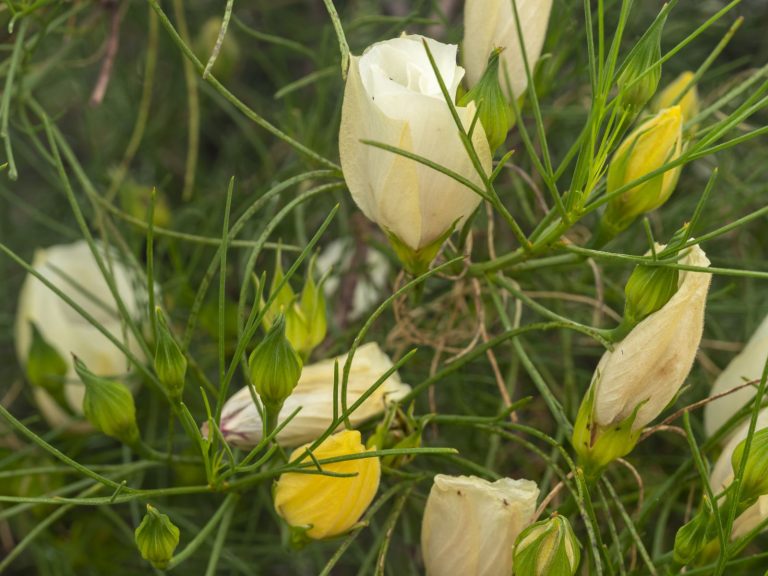
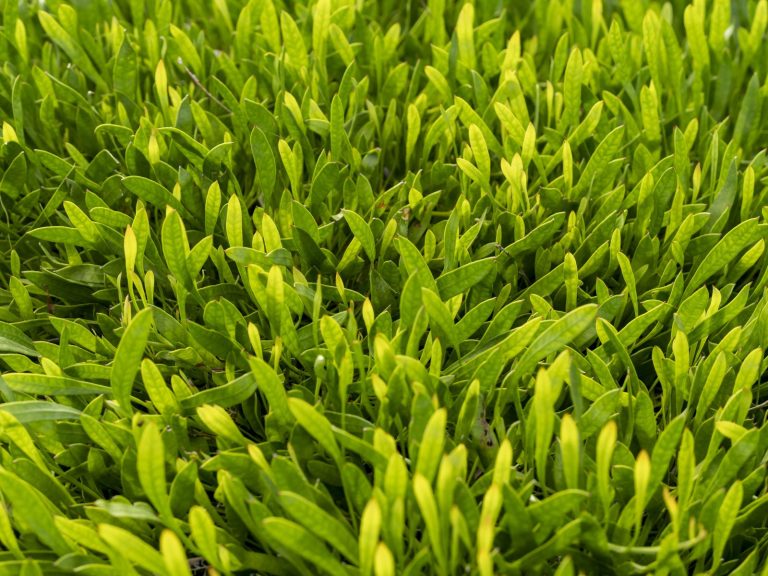
Melton is a relatively young, 25-HA, volunteer-managed botanic garden featuring dryland Australian native, South African and Californian and South American species. As well as gardens there is a lake (full of wildlife), an amphitheatre, botanic trails and nursery. The arboretum holds a nationally registered collection of more than 100 species of eucalypts.
According to the volunteers we spoke to, Melton is in a bit of a rain shadow i.e. it doesn’t get as much as surrounding areas – in ‘normal’ years about 500 mls, though temperatures tend to be mild (max under 30 degrees C.
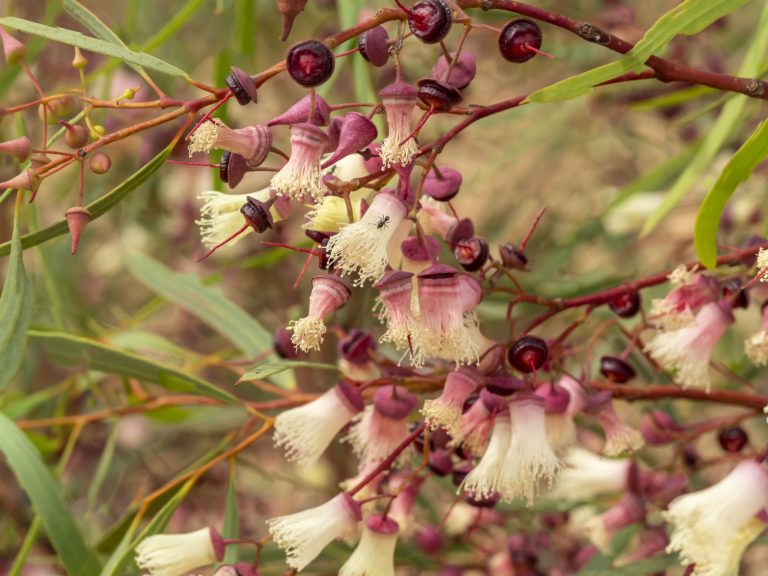
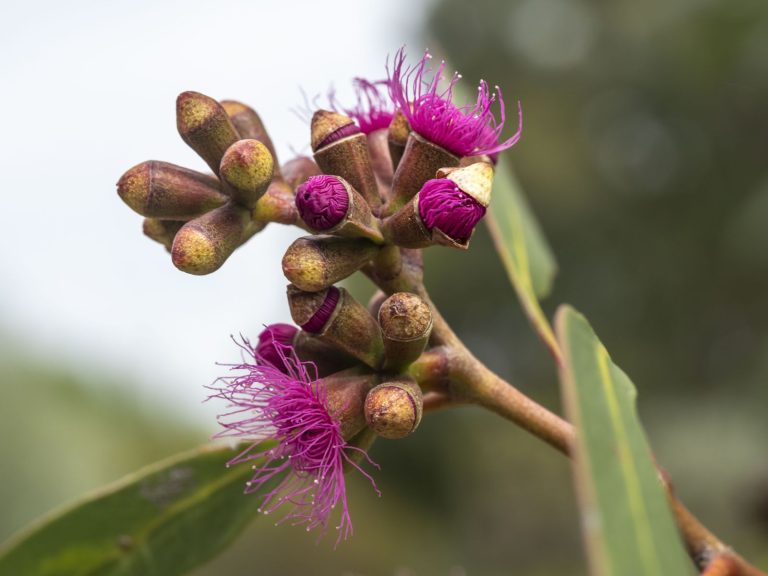
I focused on the dryland Australian native section and happily spent a couple of hours there, exploring the beautiful flora. The Southern and Western Australian section is laid out by region, with a map of the location, a description of the region and typical species found. Its particularly interesting to see how some plants have such wide distribution whereas others are quite restricted to that region.
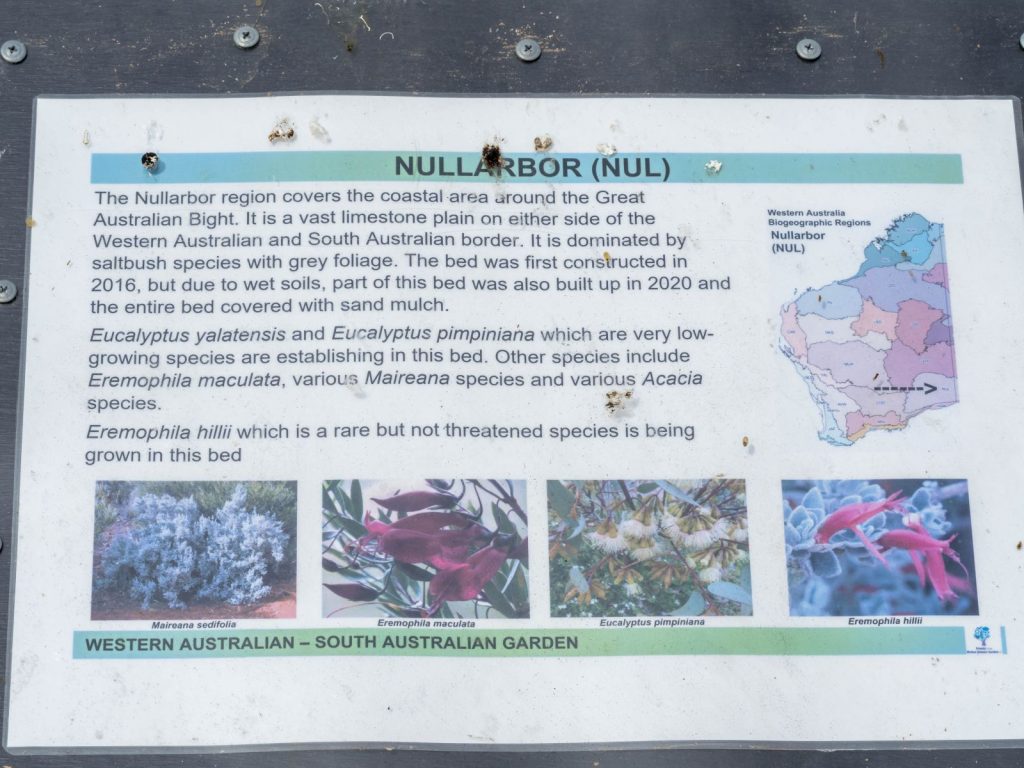
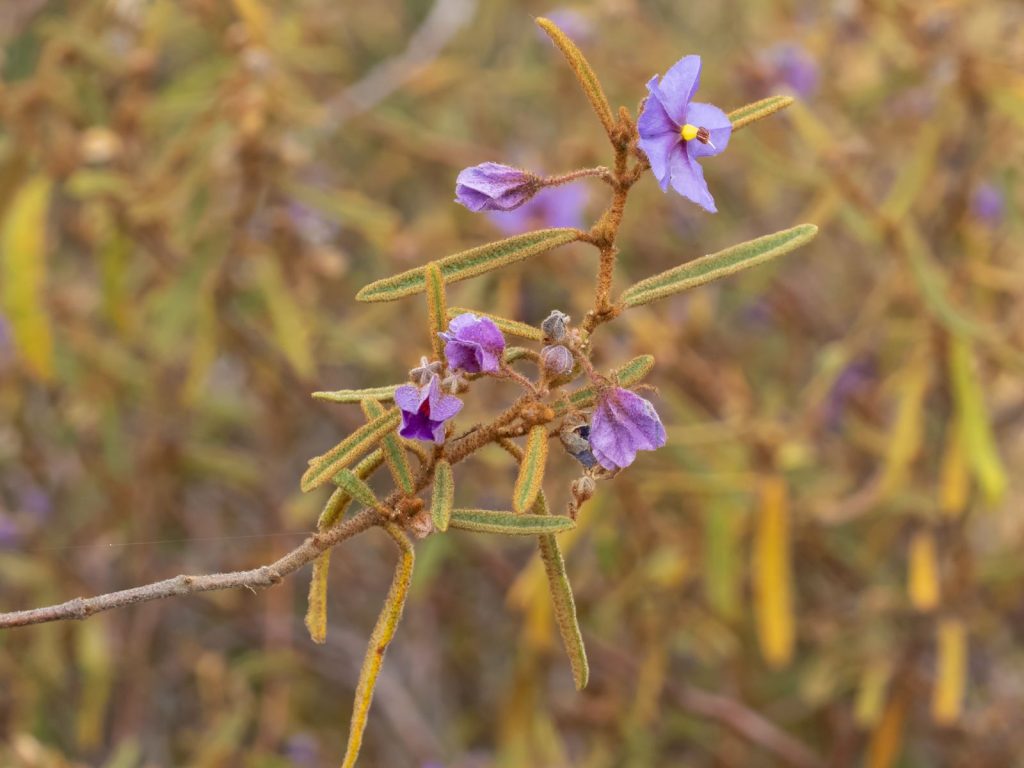
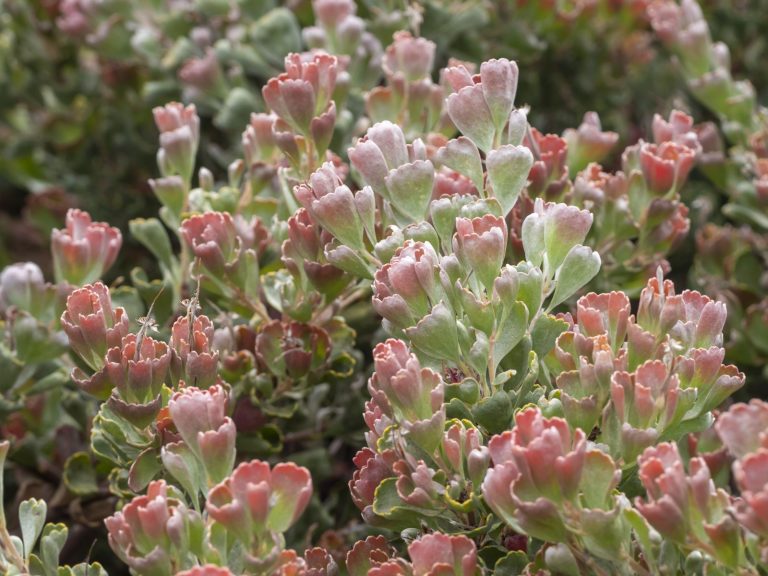
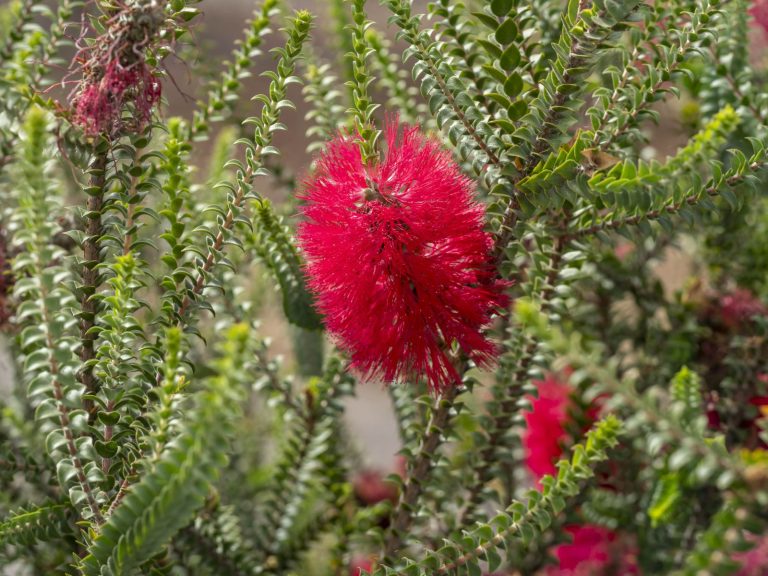
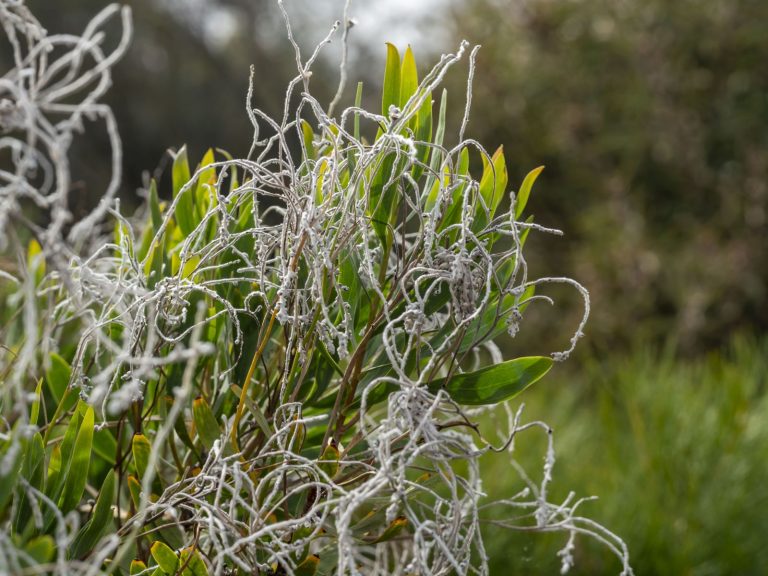
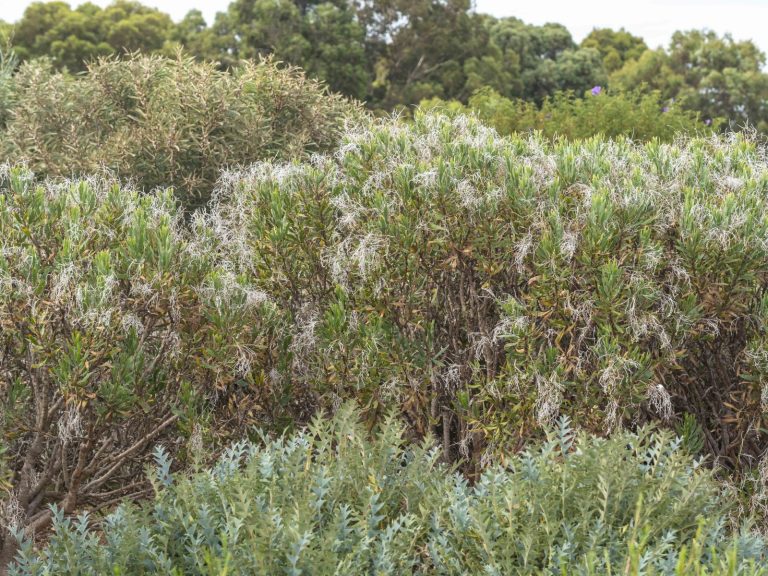
The verticordias or feather flowers were just stunning – only tried to grow these once in my Hunter Valley garden and it died fairly promptly! But here they are thriving – just remove 500 mls of water and put them in sandy soil and you’d be right!
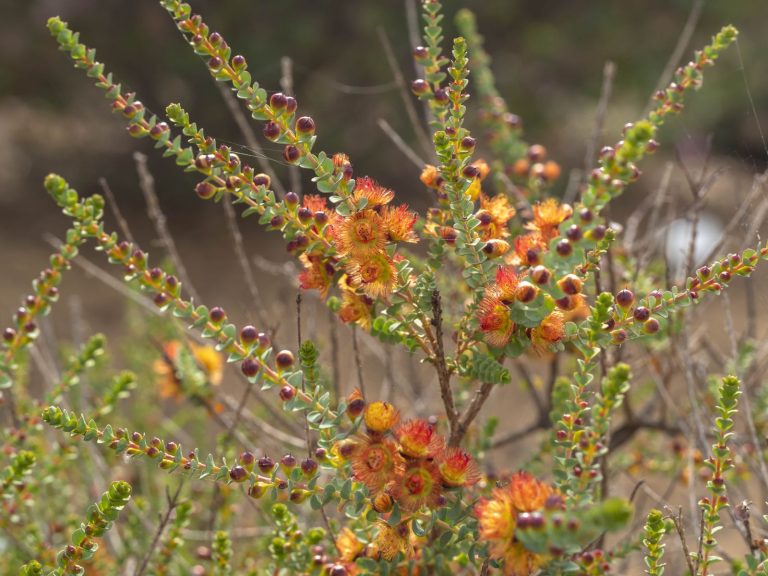
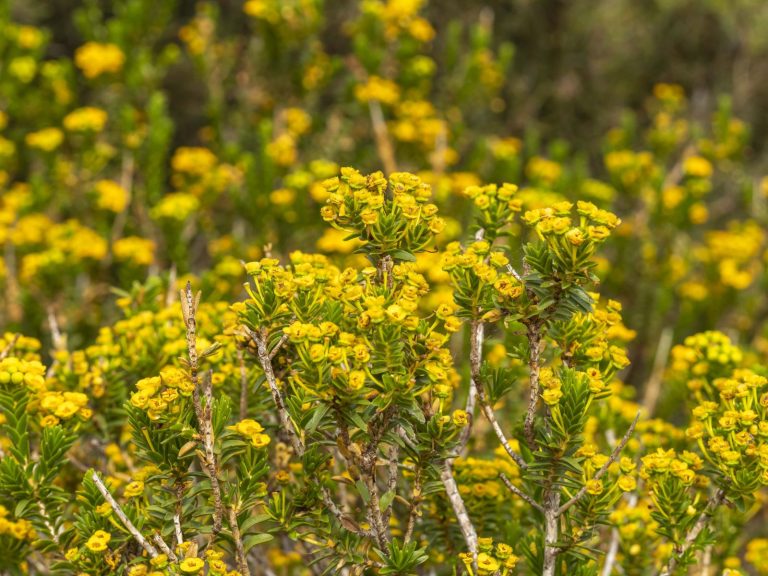
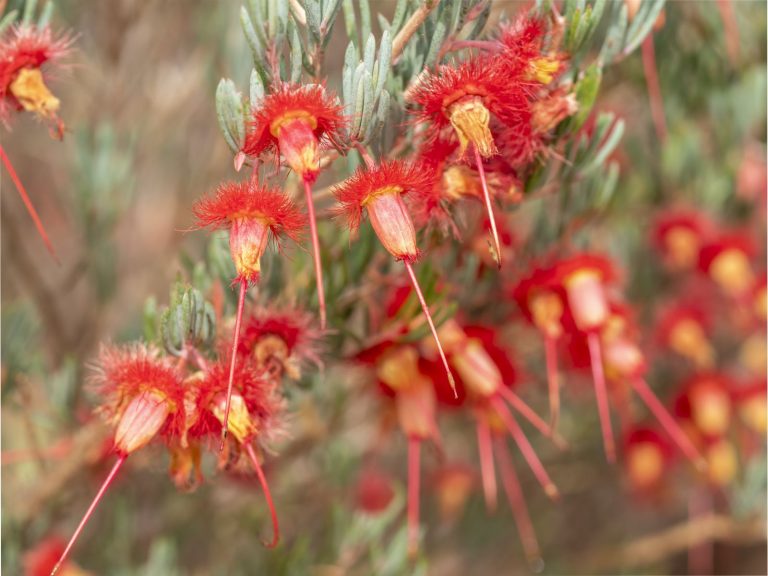
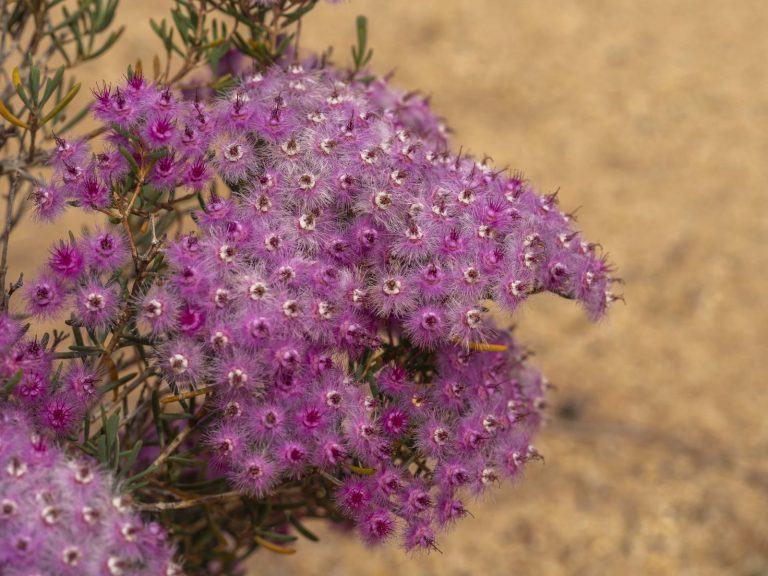
And finally, my favourite, Gossypium sturtianum. Frows to about 3m and lasts maybe 10 years, depending on conditions. The flowers start as pale pink but turn this stunning dark pink and then blue-y. It’s called Sturt’s desert rose. It grows across inland Australia from NT to WA to Qld, NSW and SA, so maybe we can grow it, if we raise the soil!
Thanks to all the wonderful volunteers who give their time so freely!
